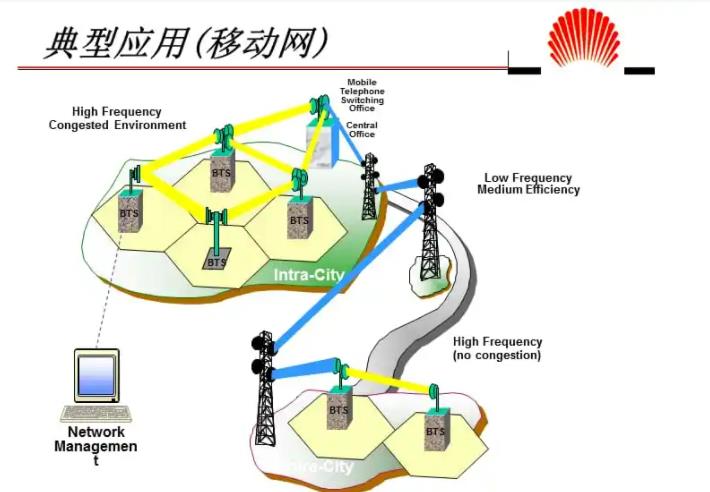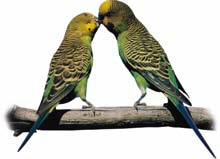1 常见错误类型
为了做好这一题目,考生必须了解这一题型中经常出现的错误类型。
(1)介词用法搭配方面的错误
这是短文改错中出现频率较高的一类题型,要在这类题型的辨错改错上有所突破,考生必须注意平时介词用法知识的积累。在改错中,请注意从以下几个方面辨认:
1)介词与动词的搭配。
如:accuse...of,charge...with,concentrate on,stop...from,prohibit...from,differ from,contribute to,abide by,account for,adapt oneself to,apply for,apply to,appeal to,arise from,attribute...to,deprive...of,distinguish...from,fill in,feel like,focus on,complain of,comment on,etc.
2)介词与名词的搭配。
如:belief in,confidence in,advantage over,preference over,attitude towards,solution to,influence on,access to,in blossom,on business,in case of,by chance,in charge of,under consideration,etc.
3)介词与形容词的搭配。
如:different from,indifferent to,dependent on/upon,independent of,guilty of,innocent of,persistent in,proficient in,familiar with,faithful to,critical of/about,contrary to,conscious of,aware of,confident of,cautious of,etc.
(2)动词方面的错误
1)系动词的错误使用。
主要是考查be以外的其他系动词:look,smell,seem,taste,touch,sound等,这些词容易被错误地当成行为动词来使用,使其后本该接形容词的却接了副词。
eg.The dishes taste very well.→The dishes taste very good.
The metal touches coldly.→The metal touches cold.
Your idea sounds very originally.→Your idea sounds very original.
2)动词的及物与不及物。
改错中有时考查考生对及物动词、不及物动词的掌握情况。如果考生没能很好地注意两者的区别,就容易犯这样的错误:
A.把及物动词误用作不及物动词,这样就会在该动词后加本不必要的介词。
eg.improve at the condition(at是多余的)
spend of a lot of money(of是多余的)
B.把不及物动词误用作及物动词,这样就在该动词后掉了本该有的介词。这种错误在考生平时的英语运用当中是最常见的。
eg.contribute the motherland(动词后须加介词to)
comment your viewpoint(动词后得加介词on)
3)现在分词和过去分词的误用。
eg.a disappointed result→a disappointing resultan exciting boy→an excited boy
an embarrassed case→an embarrassing case
4)与动词有关的句型。
①动词句型:带复杂宾语的动词固定搭配模式。
eg.:find it important to do sth.,spend money/sometime(in)doing sth.make sb.do sth.be seen to do/doing sth.have trouble/difficulty(in)doing sth.等。
②传统句型:即传统语法概念上与动词有关的句子模式。主要有以下几类:
A.省略句型。
eg.While watch TV,they heard someone upstairs shout“Fire!Fire!”(watch→watching)
B.动词非谓语形式作主语、宾语。有时需用it作形式主语或形式宾语。
eg.This is no good arguing with him.(This→It) We find that important to have the bridge built first.(that→it)
在复合宾语中,有时可直接用动名词作宾语;动名词或动词不定式可以作主语,但动词原形则不能直接充当句子主语。
eg.The new policy made to make our ends meet possible.(to make→making) Know only the rules is not enough.(Knows→Knowing或To know)
(3)反义词误用
这类错误必须在透彻理解上下文语义的基础上才能发现并更正。常见的这类错误有:
1)派生反义词:polite—impolite,happy—unhappy,lucky—unlucky,proper—improper,etc.
eg.2000年1月的72题:directly→indirectly
2)互补性反义词:boy—girl,man—woman,male—female,brother—sister,married—single,etc.
3)换位性反义词:buy—sell,give—receive,lend—borrow,husband—wife,parent—child,left—right,etc.
4)相对性反义词:easy—hard,big—small,high—low,cold—hot,old—young,wide—narrow,love—hate,etc.
eg.2000年1月的77题:little→much
5)按上下文语义,行中多用了not或no,或必须添上not或no。
(4)连接词误用
连接词的错误虽然是属于传统的语法题范畴,但其用法主要根据上下文语义上的逻辑关系,也就是上下文的理解。连接词有很多种:
1)并列连词。如:and,but,for,or等。曾经考查过的题目有2000年6月的73题,将as改为than,这考查的是比较连词的搭配,根据上一行中之more即可确定改as为than。
2)主从连词。这类词较多,如:because,(al)though,if,unless,before,
after,until,as,while,whereas,etc.
3)连接性副词。如:however,moreover,besides,nevertheless,then,thus,
etc.
4)连接性介词。如:because of,despite,besides,instead of,etc.
(5)其他语法方面的错误
1)词性之间的误用。包括:
①名词与动词的误用。eg.believe—belief
②名词与形容词的误用。eg.confidence—confident
③形容词与副词的误用。eg.good—well这类错误常出现在be以外的系动词后:
eg.feel badly→feel bad,grow uneasily→grow uneasy
2)代词。代词错误是短文改错中常见的错误之一。具体表现在:
①指代错误。主要是第三人称代词指代的误用;不定代词one和those与人称代词you和them的混用及指人与指物的误用等。
②关系代词的误用。主要为that与which,who与which,as与which的误用,what与that的混用。
③形式代词it与this,that的误用。如:find this important to preview the lesson(这里的this应改为形式宾语it)。
④不定代词的误用。主要为不定代词与指示代词these或人称代词的误用。someone/somebody,everyone/everybody被误用作复数指代;some,any-类合成代词与no-类合成代词的混用等。
3)名词的数。主要包括:
①可数名词与不可数名词混淆:job—work,waters—water;
②单复数混淆;
③不规则复数名词的变化形式错误等。phenomenons→phenomena crisises-crises
4)冠词。主要为:
①该用冠词时漏用;
②不该用冠词时赘用;
③the与a/an误用;
④a与an混用。
5)主谓不一致。这类错误常见于句型较为复杂的结构中。有如下几种情况:
①主语较长或谓语动词离主语较远:The child,being taken care of by its grandparents,are deaf and mute.(are→is)
②倒装句:Standing in a line along the corridor is 3 groups of young pioneers who will set out on an expedition.(is→are)
③定语从句:The book many students found interesting that were written by a famous American scientist came out only last month.(were→was)
④特殊句型:There are no denying the facts and there are no facts that can be turned a blind eye to either.(第一个are→is)
6)形容词、副词及其比较级。该错误类型具体表现为:
①两者的词性混淆;
②比较级错误。
主要指比较物与被比较物之间的平行问题。eg.My first daughter's eyes are a little larger than my second daughter.(second daughter→second daughter's)
(6)近形近义类错误
1)近形。主要指在拼写上容易混淆的单词。
如:assure保证ensure使确定insure保险
inspiration灵感aspiration渴望
latitude纬度altitude高度gratitude感激
quite相当quiet安静地
confirm确认conform使顺从
compliment赞美complement附加物
altar祭坛alter改变
adapt适应adopt采用adept内行implicit含蓄的explicit明白的
2)近义。主要指词义概念相近的词。
如,besides—exceptdoubt—suspectdiscover—invent—find
efficient—effectivenoise—voice—sound
abandon—desert—forsake抛弃accomplish—complete—finish
acknowledge—admit—concede—confess—recognize承认
dread—fear—fright—horror—panic—terror惊恐
alter—change—convert—modify—shift—transform—vary改变
免责声明:以上内容源自网络,版权归原作者所有,如有侵犯您的原创版权请告知,我们将尽快删除相关内容。
















